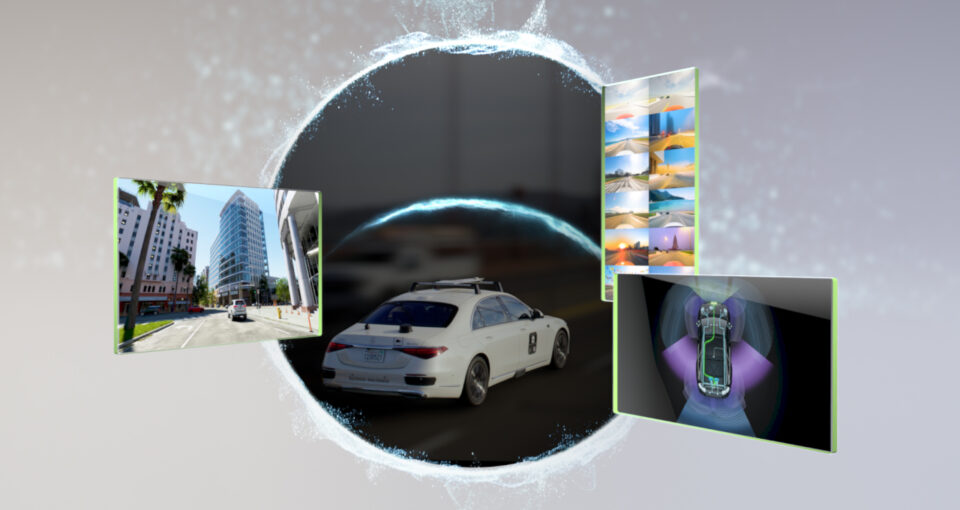
Simulated driving environments enable engineers to safely and efficiently train, test and validate autonomous vehicles (AVs) across countless… Read Article

Simulated driving environments enable engineers to safely and efficiently train, test and validate autonomous vehicles (AVs) across countless… Read Article
4:2:2 cameras — capable of capturing double the color information compared with most standard cameras — are becoming widely available for consumers. At the same time, generative AI video models… Read Article
Leading solution providers are delivering real-time physical digital twins with OpenUSD, RTX, and NVIDIA Blackwell…. Read Article
OpenUSD and the Mega Omniverse Blueprint enable robot fleet simulations in industrial facility digital twins…. Read Article
Video editing workflows are getting a lot more colorful. Adobe recently announced massive updates to Adobe Premiere Pro (beta) and Adobe Media Encoder, including PC support for 4:2:2 video color… Read Article
Advances in physical AI are enabling organizations to embrace embodied AI across their operations, bringing unprecedented intelligence, automation and productivity to the world’s factories, warehouses and industrial facilities. Humanoid robots… Read Article
The roots of many of NVIDIA’s landmark innovations — the foundational technology that powers AI, accelerated computing, real-time ray tracing and seamlessly connected data centers — can be found in… Read Article
The first NVIDIA Blackwell-powered data center GPU built for both enterprise AI and visual computing — the NVIDIA RTX PRO 6000 Blackwell Server Edition — is designed to accelerate the… Read Article
For the past 16 years, NVIDIA technologies have been working behind the scenes of every Academy Award-nominated film for Best Visual Effects. This year, three NVIDIA researchers — Essex Edwards,… Read Article